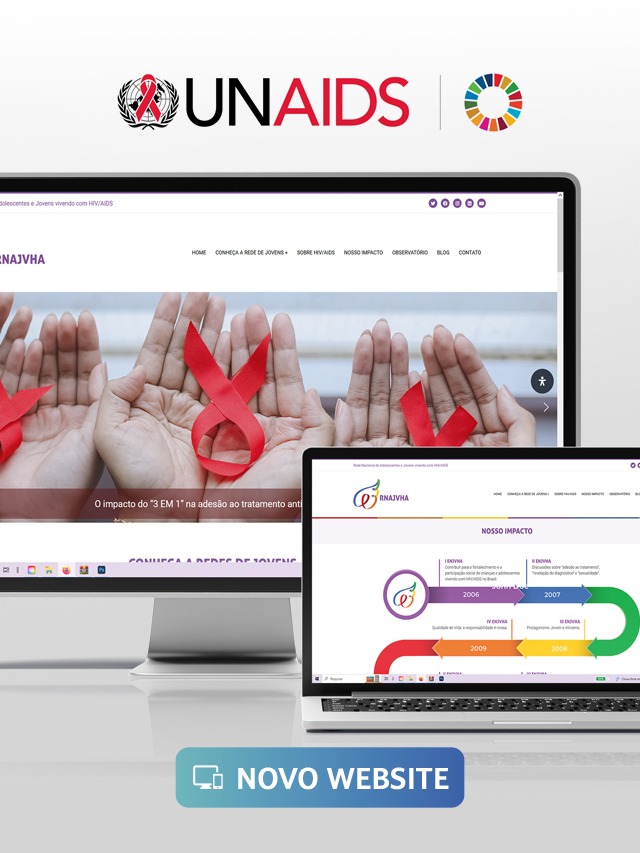Whether in sport, security, personal life or socioeconomic analysis, many analysts apply the Pareto Principle to make their observations. In this rule it is understood that 80% of effects comes from 20% of causes. Check out our today's content to learn a little more about the 80/20 rule and how it can be applied in marketing.
Origin of the Pareto Principle
Contrary to what many may imagine, the principle was not a suggestion by the Italian sociologist, political scientist and economist Vilfredo Pareto, but by the Romanian business consultant Joseph Moses Juran, who applied Pareto's observations in his authorial works related to the management of quality.
Read too: 9 tips on how to retain your customers
In one of the analyzes documented by the Italian, the cultivation of peas was observed, in which he noticed that only 20% of the pods produced approximately 80% of the grains.
Although the application of the rule is practically universal, it was the areas of administration and marketing that most contributed to the popularization of this concept with the publication of articles, books and cases in which the rule was applied in favor of productivity.
The 80/20 Rule in Marketing
As it is a rule, it is worth remembering that it is not an absolute truth, since there may be exceptions and even variations in this regard. Some scholars point out that alternations like 85/15 and 75/25 happen too. Another evaluation worth mentioning is that it is not recommended to apply this rule all the time, since the Pareto Principle is just a propensity for results.
Read too: Know what Performance Marketing is
Therefore, variables such as the market situation, target audience, investment and other numerical data are fundamental to be used as a basis for any commercial decision. Check below some data expressed by the 80/20 rule in marketing:
- 80% from billing results from 20% from customers;
- 80% of sales come from 20% of products;
- 80% of the complaints are made by 20% of the customers;
- 80% from sales are due to 20% from the sales team;
- 80% of results are due to 20% of investments.
From this information, it is possible to mathematically design a relationship between effort and reward, in which 20% of inputs, efforts and causes are responsible for 80% of outputs, results and consequences.
In this way, the Pareto Principle turns out to be very useful in resource management, concentrating efforts and time of managers and employees on key points. That is, in the 20% that guarantee 80% of your return.
Pareto Principle in Digital Marketing
The percentages don't change much when we apply the Pareto Principle in Digital Marketing. Check out!
- 80% of online sales are related to 20% of available products;
- 80% of searches come from 20% of keywords (pattern also known as long-tail distribution);
- 80% of traffic is generated by 20% of posts;
- 80% of leads are generated by 20% of published content;
- 80% of engagement is generated by 20% of audience.
That said, always have the results of your channels at hand, which can be websites, blogs or social networks, to focus more on producing content on the platforms that have the most engagement or leads.
Tips for adopting the 80/20 rule
As it was possible to see throughout the article, the 80/20 rule can be used in different ways, but this in no way means that it should always be applied and taken as an absolute truth. The results can indeed escape the rule. Therefore, always analyze your own reality and consider other variables.
The Pareto Principle is not a magic formula, much less a great universal law. It is simply a trend observed on several occasions, which can be used as a tool to optimize business productivity.






























